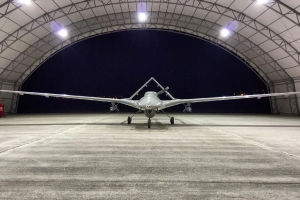As the ongoing conflict continues to impact the 2.1 million civilians trapped in the densely populated Gaza Strip, attention turns to the scale of the military operations unleashed on this small, confined territory. Often referred to as an open-air prison due to its isolation and blockade, Gaza faces bombardments and humanitarian crises at an alarming rate.
In 2023, Israel’s defense forces relied heavily on foreign arms imports, with the United States providing the majority. According to a report by the Stockholm International Peace Research Institute (SIPRI), 69% of Israel’s military imports came from the U.S., solidifying the long-standing military alliance between the two nations. Germany, another key supplier, accounted for 30% of Israel’s arms imports, making it the second-largest contributor.
As violence escalates, the civilian population in Gaza bears the brunt of the conflict. Humanitarian groups and international organizations continue to raise concerns over the disproportionate impact on civilians, urging for diplomatic intervention and a reassessment of military aid in such volatile regions. The figures underscore the global dimensions of the local conflict, highlighting how international arms transfers fuel ongoing hostilities.
With no end in sight, the people of Gaza remain in a precarious position, surrounded by a war machine fed by foreign powers.






